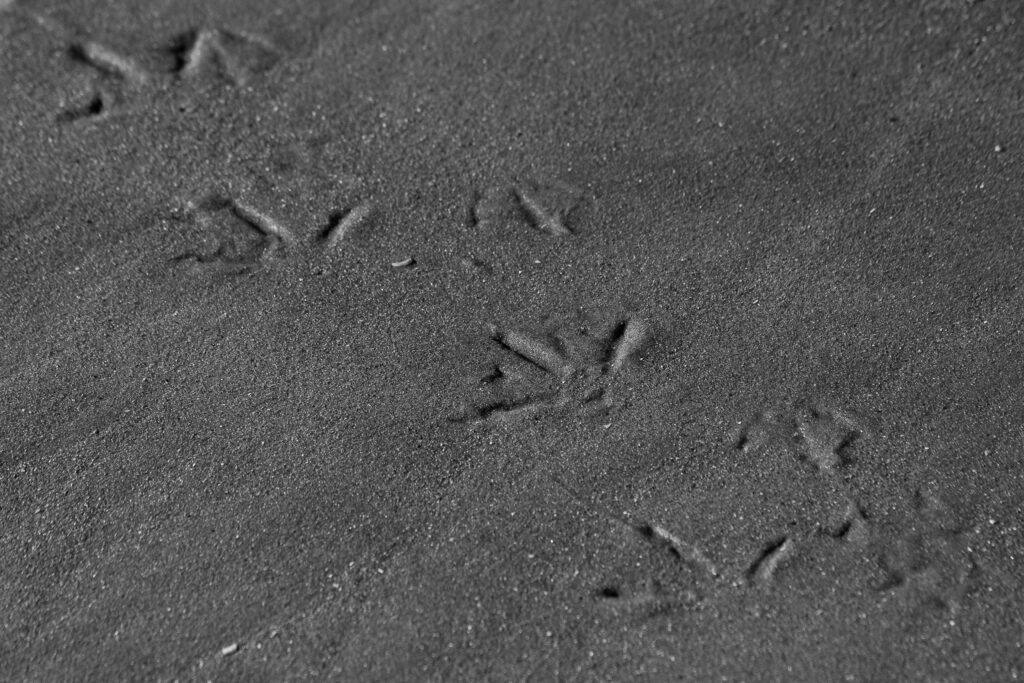You’ve probably heard the fun fact that birds are descended from dinosaurs before. Today’s birds are, in fact, direct descendants of a group of carnivorous dinosaurs known as “theropods.” The theropods are the very same group of dinosaurs that gave us the formidable Tyrannosaurus Rex. Although they are descended from this family, modern birds are quite different from their reptilian ancestors. That’s why the recent discovery of seemingly avian footprints dating back 210 million years is such a surprising one.
Related Article: Bird Flu Has Landed in the Antarctic
Birds first began to appear in something resembling their modern form roughly 150 million years ago. This means that the footprints, if they truly date back 210 million years, are 60 million years too early. So, are they really bird footprints?
The answer is probably not so straightforward. Found at a paleontological site in Lesotho, the prints are undeniably bird-like, even to the untrained eye. They feature three forward-facing splayed toes. All three toes are long and slender, like that of a modern wading bird. The tracks were found alongside recognizable tracks from a dinosaur thought to be common to the area, Trisauropodiscus. But the bird-like tracks are distinct. They have yet to be conclusively identified as any singular dinosaur species. So what made them?
The short answer is that they were probably made by an as-yet unidentified dinosaur. The tracks predate existing fossil records of birds by so many millions of years that it is vanishingly unlikely that a bird as we know it could have made them. What is possible, however, is that these tracks represent a gap in our understanding of the evolutionary process by which birds descended from theropods.
We know that modern birds evolved from theropods over time. What we do not know is exactly what each stage of this process looked like. These tracks may be evidence of the possibility that bird-like feet evolved in theropods at a much earlier stage of this evolutionary process than was previously thought.
Another theory suggests that there may have been additional groups of bird-like dinosaurs who evolved similar traits to the descendants of the theropods, but did not go on to evolve into modern birds. This would be a strange and mysterious example of convergent evolution, made more mysterious by the fact that no living descendants of this mystery dinosaur group are known to exist today.
With nothing but modern genetics and ancient fossils to guide us, piecing together the mysteries of our planet’s past is an endless process of learning and relearning. With each new discovery, our understanding of our planet and the history of the animals that inhabit it undergoes a new transformation.
Popular Article: Species Spotlight: The Black-crowned Night Heron

